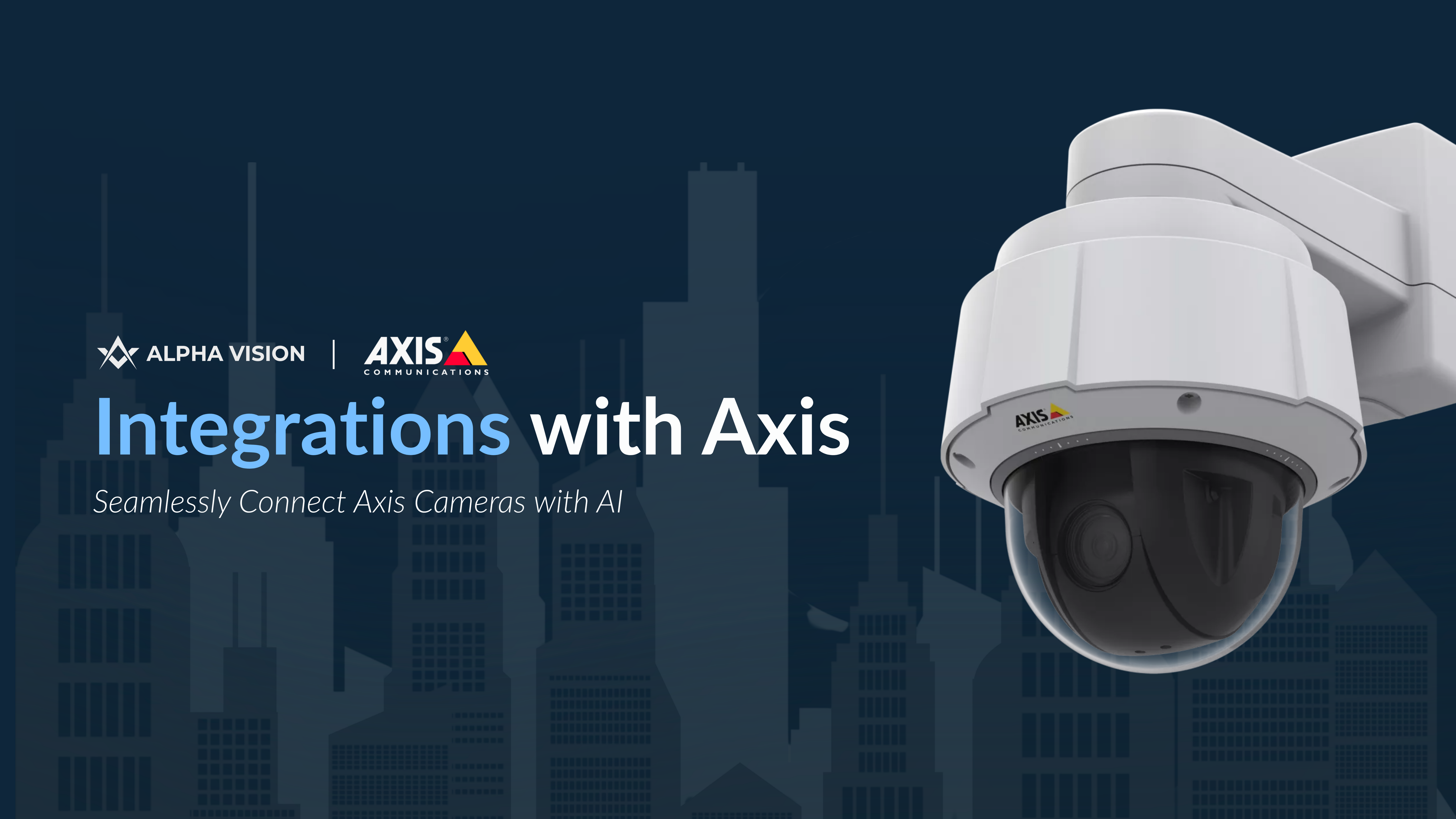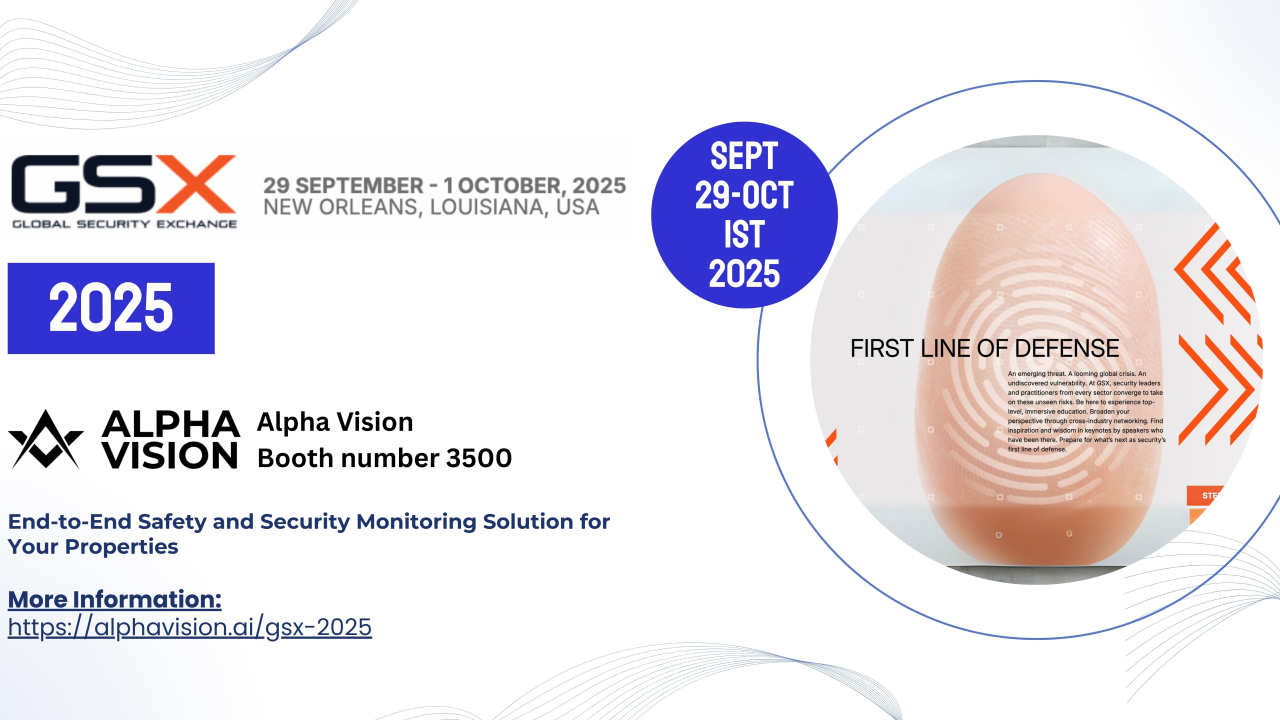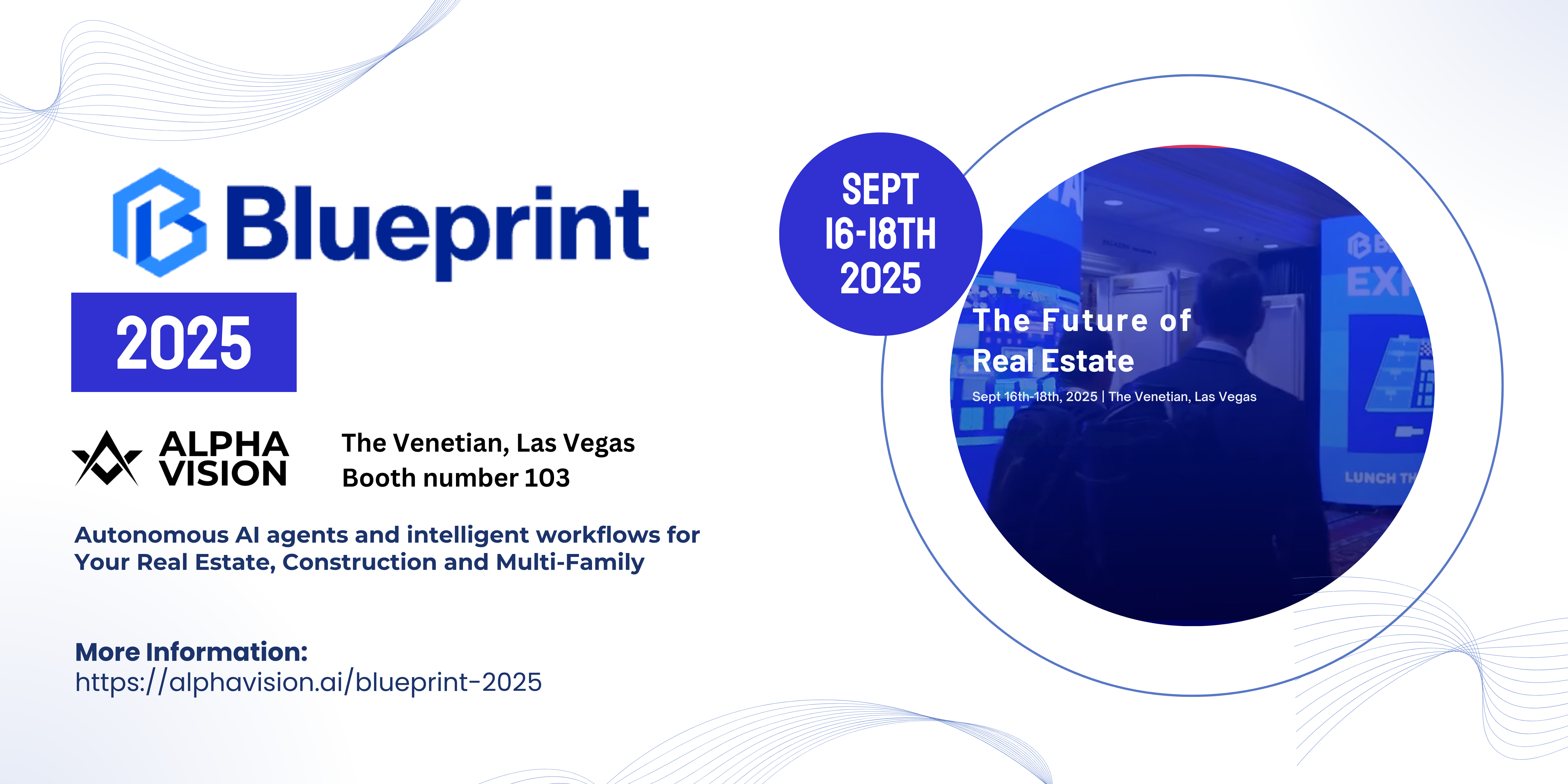Modern businesses are increasingly adopting cloud-native security platforms to protect their assets while improving IT efficiency and scalability. Traditional on-premises CCTV and security systems struggle to keep up with distributed operations and advanced threats. In contrast, cloud-native solutions offer centralized management, AI-driven analytics, and elastic scale to cover dozens or even thousands of locations with minimal on-site infrastructure. The result is more efficient security operations – IT teams spend less time managing hardware and can leverage intelligent automation to respond faster to incidents. Below, we explore eight of the best cloud-native security systems that are driving IT efficiency at scale in 2025.

1. Alpha Vision + Axis Integration – AI Surveillance with Enterprise-Grade Cameras
Alpha Vision + Axis combines Alpha Vision’s cloud-based “Physical AI” platform with Axis Communications’ industry-leading IP cameras for a powerful, fully cloud-native surveillance solution. This integration delivers top-tier camera performance alongside advanced AI analytics, all managed through the cloud. Key benefits include:
-
High-End Axis Cameras: Axis cameras provide up to 40× optical zoom and 360° panoramic coverage, enabling unmatched detail and eliminating blind spots with a single device. The cameras boast a rugged, weatherproof, and vandal-resistant design, ensuring reliable operation in harsh outdoor or industrial environments.
-
Alpha Vision AI Analytics: When connected to Alpha Vision’s platform, these cameras become proactive security agents. AI features like Magic Search for instant video querying, Intrusion Alerts for real-time breach detection, License Plate Recognition (LPR) for vehicle tracking, and AI Inspector for safety/compliance monitoring automate routine surveillance tasks. This allows security staff to focus on critical responses while the AI flags important events.
-
Live Intervention & Deterrence: The Alpha Vision + Axis integration supports two-way audio via network speakers, enabling remote operators to talk down to intruders or broadcast warnings in real time. Coupled with real-time alerts, this live intervention capability means incidents (e.g. a suspected shoplifter or trespasser) can be deterred or de-escalated on the spot.
-
Compliance & Cloud-Native Convenience: Built for enterprise and government standards, the solution is fully TAA & NDAA compliant. Being 100% cloud-native, it requires no on-site NVR/DVR appliances. Deployment is plug-and-play – Axis cameras with Alpha Vision firmware auto-connect to the cloud for instant setup. Updates and new AI features roll out via the cloud, so the system stays continually up-to-date without hands-on IT maintenance.
-
Scalability and Cost Efficiency: Alpha Vision + Axis is designed to scale effortlessly across many sites. Adding a new location is as simple as installing the cameras and connecting them to the Alpha Vision cloud – no heavy infrastructure or complex networking needed. This reduces on-premise equipment and IT overhead, delivering a cost-efficient security solution for multi-site operations. The integration is used across industries including retail (for theft prevention and customer safety), corporate campuses, construction sites, property management, and the public sector, underscoring its flexibility and broad enterprise appeal.
2. Cisco Meraki MV – Cloud-Managed Smart Cameras
Meraki MV cameras integrate directly with Cisco’s cloud dashboard, offering plug-and-play deployment, onboard storage, and built-in analytics (motion heat maps, people counting). No NVRs are required—video is recorded at the edge and managed centrally. For IT teams already using Meraki, MV extends unified management across networking and security, with automatic updates, encryption, and easy remote access.
Limitations:
-
Proprietary Lock-In: Works only with Meraki cameras and licenses.
-
High Cost: Premium hardware and subscriptions scale expensively.
-
Limited Retention: Onboard storage holds only days of video; cloud archival costs extra.
-
Internet Dependent: Remote access and management require stable connectivity.
3. Arcules Cloud Video (Milestone Kite) – Hybrid VSaaS
Arcules is a Milestone spin-off that brings cloud-managed video to existing IP cameras. It supports centralized viewing, forensic search, and cloud analytics (people counting, heatmaps) through web and mobile apps. Storage can be cloud-only or hybrid via a local gateway, letting firms reuse ONVIF cameras while optimizing bandwidth. With automatic updates and no on-site servers to maintain, Arcules simplifies multi-site deployments.
Limitations:
-
Gateway Needed: Most cameras require a local gateway; only select Axis models connect direct-to-cloud.
-
Feature Gaps with Hybrid: Some analytics unavailable if footage stays local.
-
Scalability Limits: Best for smaller sites or chains with moderate camera counts.
-
Extra Hardware: Gateways add cost and management overhead.
4. OpenEye Web Services (OWS) – Hybrid Cloud VMS
OpenEye OWS combines local recording with cloud management, using NVRs or all-in-one cloud cameras tied to a centralized portal. Users can view footage, receive alerts, and manage devices remotely, while updates and patches are handled in the cloud. Features include AI analytics (object detection, people counting), health monitoring, and integrations with alarms or access control. OWS supports many camera brands, offering flexibility while reducing IT overhead compared to traditional NVR setups.
Limitations:
-
Hybrid Model: Still requires on-site recorders or cloud cameras.
-
High Costs: Hardware plus subscriptions can be expensive for smaller budgets.
-
Network Reliance: Internet downtime impacts remote access and alerts.
-
Setup Complexity: Initial configuration can be technical, often needing integrator support.
5. Camio – AI-Powered Video Search & Monitoring
Camio is a cloud-native software platform that adds real-time AI analytics and search to existing cameras. Often called a “Google for video,” it filters out routine motion, supports natural language queries, and enables custom AI models. With bring-your-own-camera flexibility, unlimited cloud storage, and API/webhook integrations (e.g., Slack, ops dashboards), Camio helps teams scale surveillance without proprietary hardware or DVRs.
Limitations:
-
No Hardware: Pure software; setup may require gateways or IT expertise.
-
Cloud Reliant: Needs reliable internet; edge options add complexity.
-
Not a Full VMS: Lacks some traditional management features; often used alongside a VMS.
-
Tuning Required: AI models may need adjustments per site to reduce false alerts.
6. Cloudastructure – AI Surveillance with Remote Guarding
Cloudastructure combines cloud AI video analytics with a live remote guarding service. The platform detects intrusions, loitering, or unauthorized vehicles in real time, then remote guards can intervene via loudspeaker or call authorities. It supports NDAA-compliant IP cameras, offers portable surveillance trailers for remote sites, and includes cloud video storage and monitoring. Marketed as a “security operations center as a service,” it helps reduce guard labor costs while providing 24/7 proactive coverage.
Limitations:
-
Service Dependency: Full value comes with live monitoring subscription.
-
Privacy Concerns: External guards viewing feeds may raise compliance issues.
-
Cloud Reliance: Requires strong internet; outages reduce monitoring.
-
Scaling Costs: Large deployments face rising subscription and storage fees.
7. Tyco Cloud (Johnson Controls) – Cloud Video & Access Control
Tyco Cloud unifies video surveillance and access control in a cloud platform. It supports Illustra Cloud cameras (direct-to-cloud) or existing cameras via a gateway device, with flexible storage (in-camera, gateway, cloud, or hybrid). Features include analytics (heat maps, people counting), Hyper View for rapid video search across 100 cameras, and mobile credential access management. Hosted on Azure, it emphasizes enterprise-grade security, scalability, and remote management.
Limitations:
-
Maturing Platform: Still evolving; some features trail established VMS systems.
-
High Cost: Per-device subscriptions add up, especially if underutilized.
-
Hardware Tie-In: Requires Illustra cameras or gateways for third-party devices.
-
Vendor Lock-In: Closed ecosystem; switching away or DIY use is difficult.
8. ArcadianAI “Ranger” – AI Security Guard for Any Camera
ArcadianAI’s Ranger is a cloud-native AI platform that works with any ONVIF/RTSP cameras, adding real-time threat detection (loitering, fence climbing, objects left behind) without proprietary hardware. Its context-aware AI factors in motion, time, and environment to reduce false alarms, delivering alerts or triggering automated responses. Scalable and fast to deploy, it eliminates the need for NVRs and can cut guard costs by 30–60% by acting as a virtual AI guard across hundreds or thousands of cameras.
Limitations:
-
No Recording/Storage: Not a full VMS—requires separate video archiving.
-
Bandwidth Needs: Cloud analysis depends on strong connectivity; alerts may have slight latency.
-
New Vendor: Less proven track record and integration maturity.
-
Calibration Required: Needs tuning at rollout to avoid false or missed alerts.








